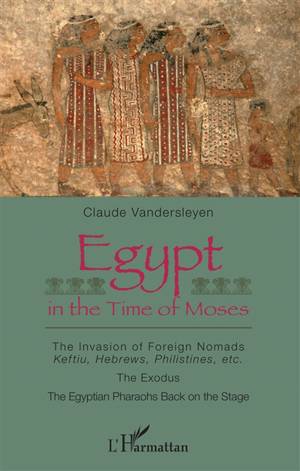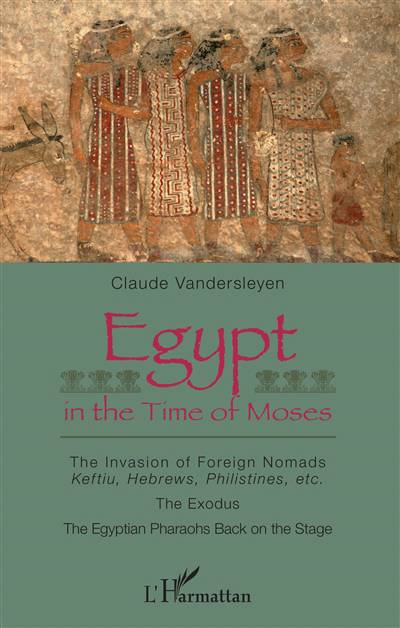
- Afhalen na 1 uur in een winkel met voorraad
- Gratis thuislevering in België
- Ruim aanbod met 7 miljoen producten
- Afhalen na 1 uur in een winkel met voorraad
- Gratis thuislevering in België
- Ruim aanbod met 7 miljoen producten
Egypt in the time of Moses
the invasion of foreign nomads Keftiu, Hebrews, Philistines, etc., the Exodus, the Egyptian pharaohs back on the stage
Claude VandersleyenOmschrijving
Egypt in the Time of Moses
This book brings together, around the question of the Keftiu, parallel events which touch upon both the history of Egypt and the peregrinations of Abraham and the Hebrew people since their arrival in the Egyptian delta up until their hasty departure from Egypt. These events, recognised by the Bible, have now had light shed upon them by various documents which underline their historicity. The Tempest Stele, erected at the behest of king Amosis, who lived through these times, is currently considered an echo of the dreadful eruption of Santorini, which may have terrified neighbouring populations and whose precise date is provided by a note on the Rhind Mathematical Papyrus, which corresponds to the date calculated by N. Moeller and R. Richter, between 1628-1600, and which would require a revision of the epoch's chronology. These events are subsequently incorporated within the reigns of Tuthmosis III, of Merenptah and of Ramesses III. The Keftiu were still present in these eras as « peoples of the north » or as « inhabitants of the islands in the middle of Wadj wer », « the great greenery », not the Mediterranean or other seas, but the verdure which is brought about by the regular flooding of the Nile. The Keftiu had not disappeared, notwithstanding the silence of later Egyptian sources, because they were still active under Ptolemy III. Between these two periods of time, biblical sources take over the reins concerning the Caphtorim, as the Bible calls the Keftiu.
Specificaties
Betrokkenen
- Auteur(s):
- Uitgeverij:
Inhoud
- Aantal bladzijden:
- 176
- Taal:
- Engels
Eigenschappen
- Productcode (EAN):
- 9782343165783
- Verschijningsdatum:
- 8/03/2019
- Uitvoering:
- Paperback
- Afmetingen:
- 160 mm x 240 mm
- Gewicht:
- 275 g

Alleen bij Standaard Boekhandel
Beoordelingen
We publiceren alleen reviews die voldoen aan de voorwaarden voor reviews. Bekijk onze voorwaarden voor reviews.












